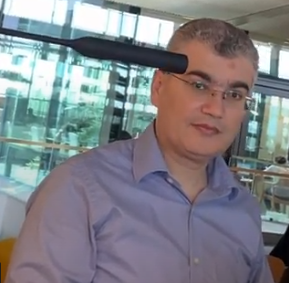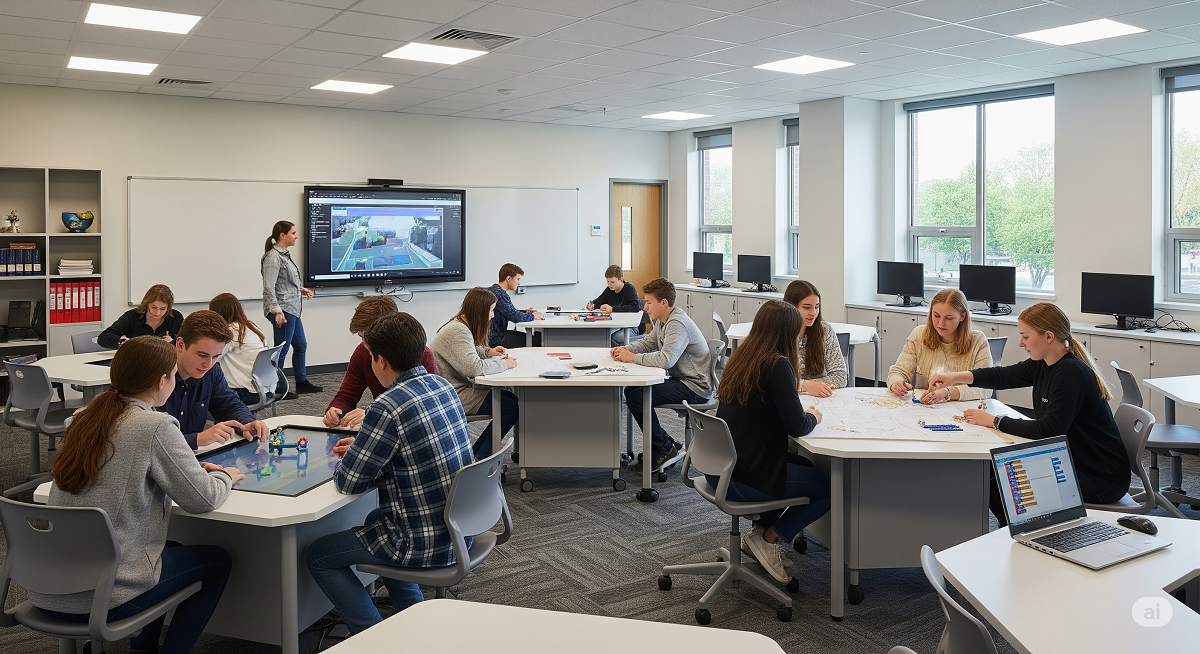Active Learning: From Passive Listening to Purposeful Doing
Active learning flips the script: instead of listening about ideas, students work with ideas. When learners participate in meaningful tasks—discussions, problem‑solving, case analysis—they build deeper understanding, stronger skills, and longer‑lasting memory.
The foundations
-
Constructivism: students construct meaning from experiences.
-
Engagement theory: the more students do in authentic ways, the more they learn.
What makes active learning work
-
Participation: frequent, purposeful interaction with content.
-
Collaboration: small‑group tasks that demand talk, coordination, and shared products.
-
Feedback: fast, formative, and specific—so learners adjust in the moment.
Proven techniques (pick a few, do them well)
-
Think‑Pair‑Share: think solo → discuss with a peer → share with class.
-
Problem‑Based Learning (PBL): real‑world problems that require research and reasoning.
-
Peer Teaching: students explain concepts—teaching reveals gaps and solidifies knowledge.
-
Class Debates & Discussions: argue claims with evidence; evaluate counter‑arguments.
-
Case Studies / Concept Acting: analyze scenarios or act out processes to cement ideas.
-
Group Work & Concept Maps: co‑create solutions and visualize connections.
Why it matters
-
Retention improves: doing beats listening.
-
Skills grow: critical thinking, communication, teamwork.
-
Motivation rises: relevance + autonomy = energy.
Make it real in your class
-
Room layout: circles or pods for easy talk and eye contact.
-
Tech that helps: clickers/polls, discussion boards, interactive sims.
-
Variety: rotate methods to match outcomes and learning preferences.
Assess what they’re learning—often
-
Formative checks: polls, minute papers, exit tickets, quick quizzes.
-
Peer assessment: structured rubrics to raise accountability and reflection.
Common hurdles (and quick fixes)
-
Student resistance: explain the why, start small, connect to exams.
-
Time pressure: swap mini‑lectures + targeted activities; reuse templates.
-
Instructor readiness: short PD + one new method per unit = sustainable growth.
Did it work?
-
Student voice: brief surveys, reflective prompts, mid‑course check‑ins.
-
Performance: compare test/project results, track participation patterns.
Bottom line: Active learning isn’t extra—it’s essential. It strengthens thinking, performance, and inclusion, especially for students historically underserved by lecture‑only models.
💡 Want to Master Learning and Coding with a Proven Expert?
I’m Ahmed Elmalla, founder of Learn With Kemo, with 19+ years of experience teaching Computer Science, coding, and exam preparation to students from over 10 countries — including high-profile clients in Malaysia.
I specialize in:
✅ IGCSE, AP, IB Computer Science — full syllabus coverage and exam strategies
✅ Python, Java, C++, VB.NET — beginner to advanced programming
✅ Real-world project guidance — Android apps, automation, data analysis, and more
✅ Patient, tailored lessons — perfect for both quick learners and those who need extra time
🚀 Whether you’re a student preparing for a major exam, working on a university project, or building coding skills from scratch, I’ll help you achieve your goals with proven methods.
📲 Message me directly on WhatsApp to book your free 30-minute trial class: Click Here to Chat





